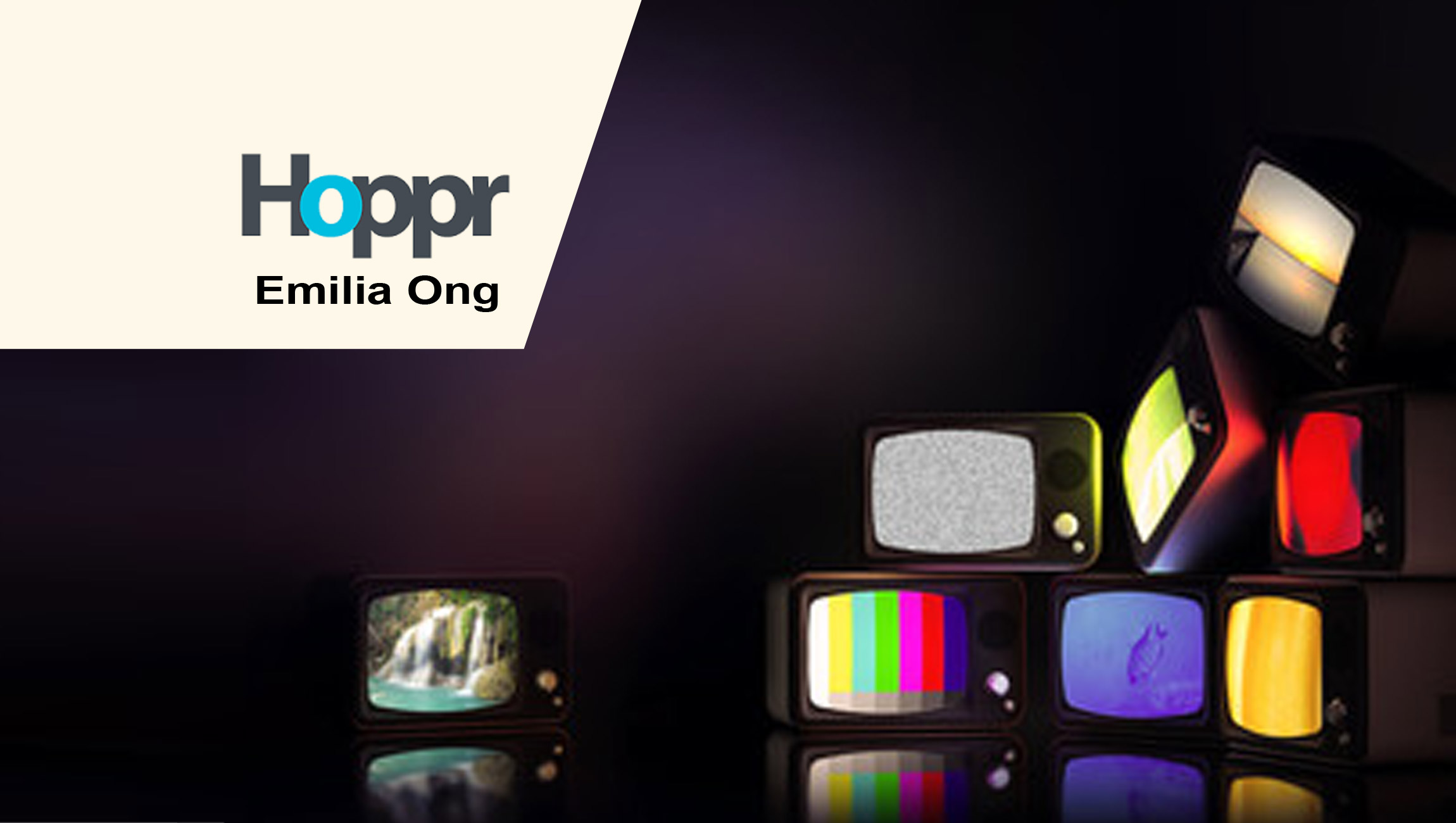Consumer expectations for video entertainment are undergoing an immense evolution. While the pandemic has certainly played a role in driving up consumer expectations, the rapid proliferation — and deep penetration — of Smart and Connected TVs in households around the world is a signal of the increasing demand for digital entertainment.
Since the cord cutting trend began less than a decade ago, consumers have come to see their TVs as an extension of their digital lives. As a result, consumers today expect highly interactive experiences in their homes that resemble their engagement with favorite websites and mobile apps. They are far less interested in — or tolerant of — passive viewing experiences associated with traditional broadcast and cable content delivery services.
Marketing Technology News: MarTech Interview with Max Nelson, VP of Marketing Communications at OpenX
This major attitudinal shift in consumer expectations has left an indelible mark on how they experience advertising. Consumers exhibit little patience with having their experiences interrupted by traditional advertising.
According to a recent consumer survey by Ampere Analysis, 25 percent of U.S. internet users stated that they use both ad-supported video-on-demand (AVOD) and subscription video-on-demand services (SVOD). The number of consumers that choose a mix of AVOD and SVOD services has also risen since the first quarter of 2020, according to the report. This is clear evidence that consumers are happy to select ad-supported freemium entertainment experiences in much the way that they enjoy those same experiences in their on-line and mobile app interactions.
A look at the economics of Spotify and Google TV are revealing. Both are excellent examples of this growing trend of mixed advertising and premium content. Similar platforms, along with cloud-based gaming applications that are ad supported have experienced significant growth in their audience and user base over the past several years. Indeed, a relatively small percentage of these services are underwritten by subscription revenue.
All of this suggests that when consumers do elect to pay for premium services without advertising it is often for very specific reasons and for very specific applications. One of the main reasons for this is that mobile apps and online services rarely deliver ads that interrupt the entertainment experience.
The Digital TV Experience is Integrated not Interrupted
So when consumers decide to select a service that is ad free or supported by ads, what is the driving factor that tips the scale one way or the other? The answer may point to the major distinction between advertising in the digital environment (web and mobile) and traditional television advertising.
It all comes down to interruption — or lack thereof.
Digital commercials typically do not disrupt the experience that consumers have logged on to enjoy. The best publishers invest a tremendous amount of resources to integrate digital advertising into — and around — the user experience. As an added bonus, digital advertising also happens to be much more targeted and relevant than the shot-gun model used in traditional TV advertising. As a result, programmatic ads tend to be appreciated by users, as evidenced by the engagement rate that this category of consumer engagement enjoys.
Marketing Technology News: MarTech Interview with Elli Dimitroulakos, Head of Automation, Americas at Acast
That is why digital advertising is such an immense and growing market. According to data from Allied Marketing Research, the global internet advertising market size was valued at $319 billion in 2019, and is projected to reach $1,089 billion by 2027, registering a CAGR of 17.2% from 2020 to 2027.
Meanwhile the cross platform and mobile advertising market is expected to grow at an annual rate of 23% between 2021-2027. The increasing adoption of digital advertising is driving a surge in demand for the cross-platform and mobile advertising market, according to researchers at Orion Marketing Reports.
Network service providers (NSPs) have an huge opportunity to benefit from these dramatic shifts in the expectations consumers have for their Connected TV experiences. As the cord cutting trend has progressed, consumers have found themselves subscribing to a large and often confusing array of services through their Connected TVs. Managing this complexity is becoming increasingly complicated, frustrating — and for many consumers –expensive.
NSPs are in a unique position to manage this complexity, while addressing rising costs with ad-supported services.
It is for this reason that a growing number of NSPs in Europe, according to a BTR-100 survey commissioned by Hoppr, are exploring new ways to redefine their relationships with subscribers through innovative user interfaces (UI) that include programmatic advertising to help uses organize and streamline offerings from a growing array of content providers.
By integrating digital and programmatic advertising into the UI as consumers navigate those in-between-moments — when subscribers divide what experiences they want to enjoy — NSPs have an opportunity to help advertisers and brand managers reach highly targeted audiences without disrupting the experience they want to enjoy.
In short, NSPs have an opportunity to participate in the multi-billion dollar digital advertising market while actually improving the customer experience. The economic implications for NSPs that figure out how to implement effective strategies correctly is significant…and urgent.
Marketing Technology News: MarTech Interview with Mike Billingsley, Group CEO, OnePulse











